
Study Shows How AI is Transforming Stroke Care
www.dicardiology.com
Dec. 8, 2025, 9:28 a.m.
Study in Lancet Digital Health represents the largest real-world evaluation of stroke AI imaging, encompassing data from more than 450,000 patients admitted to more than 100 NHS England hospitals over a 5-year period
Share on

CREST-2 Study Highlights Benefits of Carotid Artery Stenting
www.dicardiology.com
Nov. 30, 2025, 10:13 p.m.
According to a new study published in the New England Journal of Medicine, carotid artery stenting combined with medical therapy demonstrated a significantly lower stroke risk compared to intensive medical therapy alone in patients with severe asymptomatic carotid stenosis.
Share on

First-in-human trial of a self-expandable, temporary dilation system for intracranial atherosclerotic disease in patients presenting with acute ischemic stroke
jnis.bmj.com
Nov. 30, 2025, 9:30 p.m.
Intracranial atherosclerotic disease (ICAD) significantly contributes to ischemic stroke, especially among Asian populations. Large vessel occlusion (LVO) due to underlying ICAD accounts for 15–35% of acute ischemic stroke cases requiring endovascular therapy. However, the successful recanalization rate of ICAD-related LVO remains lower. The TG dilator is a self-expandable device, temporarily dilating ICAD-related blocked blood vessels.
Share on
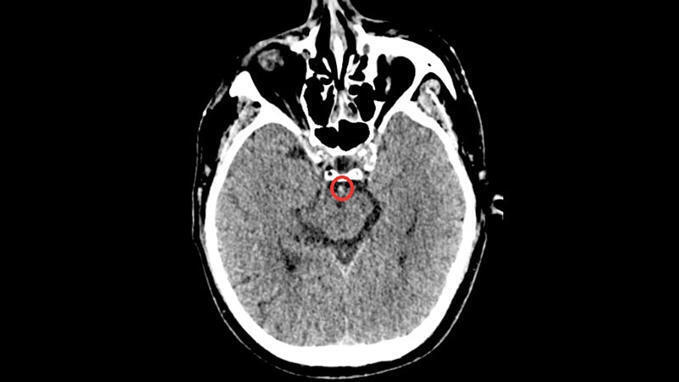
Thrombectomy Choice in Basilar Stroke May Hinge on Clot Type
www.medscape.com
Nov. 30, 2025, 3:34 p.m.
In stroke due to basilar artery occlusion, the best technique to use for thrombectomy appears to depend on the underlying etiology of the clot, a new trial suggested. The Chinese ANGEL-COAST randomized trial compared two different techniques used for endovascular thrombectomy — either contact aspiration or stent retriever — in patients with basilar artery occlusion stroke. Results showed that using contact aspiration on the first attempt at clot removal achieved higher initial reperfusion rates without increasing the risk for symptomatic intracerebral hemorrhage or periprocedural complications.
Share on

Managing thrombosis risk in flow diversion: A review of antiplatelet approaches
pmc.ncbi.nlm.nih.gov
Nov. 20, 2025, 2:29 p.m.
Flow diversion is a transformative approach in neurointerventional surgery for intracranial aneurysms that relies heavily on effective antiplatelet therapy. The ideal approach, including the timing of treatment, the use of dual antiplatelet therapy (DAPT), and the number of flow-diverter devices to use, remains unknown. DAPT, which combines aspirin with a thienopyridine like clopidogrel, prasugrel, or ticagrelor, is the standard regimen, balancing thromboembolic protection and hemorrhagic risk. The variable response to clopidogrel, influenced by genetic polymorphisms, necessitates personalized treatment strategies. Alternatives like prasugrel and ticagrelor provide superior efficacy in specific scenarios but require careful consideration of bleeding risks and costs.
Share on

Variability patterns in dual antiplatelet therapy following endovascular repair of intracranial aneurysms
link.springer.com
Nov. 20, 2025, 2:25 p.m.
Despite growing evidence supporting the success of DAPT in reducing thromboembolic events, the lack of consensus on optimal regimens, doses, and duration is evident. Factors contributing to this variability include genetic polymorphisms affecting treatment response and ongoing debates regarding the clinical significance of hemorrhagic complications associated with DAPT.
Share on

Thrombectomy Choice in Basilar Stroke May Hinge on Clot Type
www.medscape.com
Nov. 10, 2025, 8:27 a.m.
The Chinese ANGEL-COAST randomized trial compared two different techniques used for endovascular thrombectomy — either contact aspiration or stent retriever — in patients with basilar artery occlusion stroke. Results showed that using contact aspiration on the first attempt at clot removal achieved higher initial reperfusion rates without increasing the risk for symptomatic intracerebral hemorrhage or periprocedural complications.
Share on
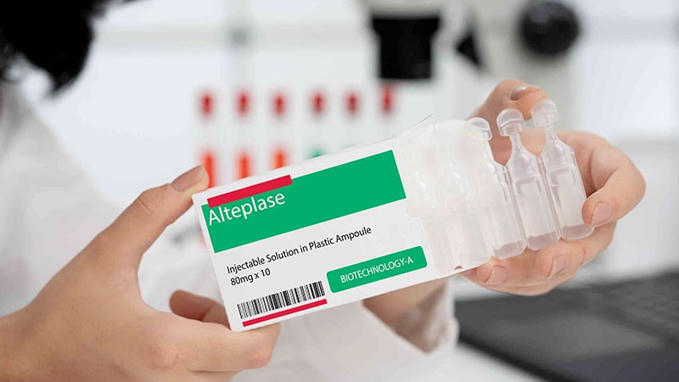
IA Alteplase Shows Functional Gains After Thrombectomy
www.medscape.com
Nov. 3, 2025, 9:20 a.m.
Intra-arterial (IA) alteplase was associated with superior 90-day functional outcomes than standard therapy alone in Chinese patients with large-vessel occlusion (LVO) stroke who had achieved successful endovascular reperfusion, new research showed.
Share on

Clear Benefit of Thrombectomy in Large-Core Stroke
www.medscape.com
Nov. 3, 2025, 9:18 a.m.
A new individual patient-level data meta-analysis has shown “overwhelming benefit” of endovascular thrombectomy (EVT) in a wide spectrum of patients with large-core strokes. The ATLAS meta-analysis showed consistent improvements in functional independence and independent ambulation and reduced mortality with EVT compared with best medical management alone. The treatment benefit of EVT was maintained across key clinical and imaging subgroups, regardless of age, sex, clinical severity, time to treatment, stroke size, and mismatch profile.
Share on
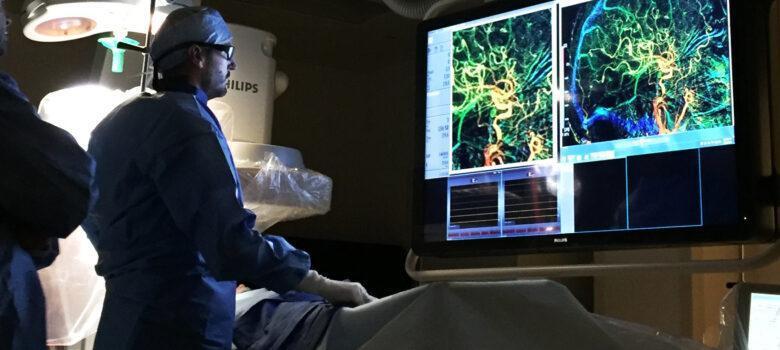
Contact aspiration’s first-pass benefits seemingly “offset” by inferior final recanalisation versus stent retrievers in basilar occlusion stroke
neuronewsinternational.com
Nov. 3, 2025, 9:16 a.m.
In patients with vertebrobasilar artery occlusion (VBAO) stroke undergoing mechanical thrombectomy, first-line contact aspiration appears to produce a greater first-pass effect (FPE) compared to a stent retriever-only approach. However, stent retriever-first techniques may yield better final reperfusion rates, resulting in no significant difference in overall clinical outcomes between the two. As such, researchers believe that technique selection based on the underlying occlusion aetiology may be critical, and further analyses are warranted to clarify this relationship.
Share on

TAVR Procedures Can Cause Brain Injury
protembis.com
Nov. 1, 2025, 4:37 p.m.
Protembis was founded in 2013 and is headquartered in Aachen, Germany. The company develops innovative technologies to reduce the risk of new brain injury during cardiology procedures particularly in connection with transcatheter aortic valve replacement (TAVR).
Share on

Aneurysm Coiling Treatment - Minimally Invasive Brain Care
www.irfacilities.com
Oct. 27, 2025, 11:55 a.m.
An aneurysm is a problem of the blood vessel wall, where they bulge abnormally. Aneurysms can be asymptomatic, whereas some aneurysms can result in life-threatening risks when they rupture. As with time, science and Technology are improving; with the revolution in advancements in neuro-interventional radiology, this aneurysm can be treated with minimally invasive approaches. Of these, aneurysm coiling has become a suitable, effective standard procedure. IRFacilities provides this advanced technique with safe aneurysm endovascular interventions and optimum effective patient results.
Share on

Management of Acute Ischemic Stroke
pmc.ncbi.nlm.nih.gov
Oct. 20, 2025, 11:09 a.m.
Stroke mortality has been declining over the past 6 decades, and as a result, stroke has fallen from the second to the fifth leading cause of death in the United States. This trend may follow recent advances in the management of stroke, which highlight the importance of early recognition and early revascularization. Recent studies have shown that early recognition, emergency interventional treatment of acute ischemic stroke, and treatment in dedicated stroke centers can significantly reduce stroke-related morbidity and mortality. However, stroke remains the second leading cause of death worldwide and the number one cause for acquired long-term disability, resulting in a global annual economic burden.
Share on
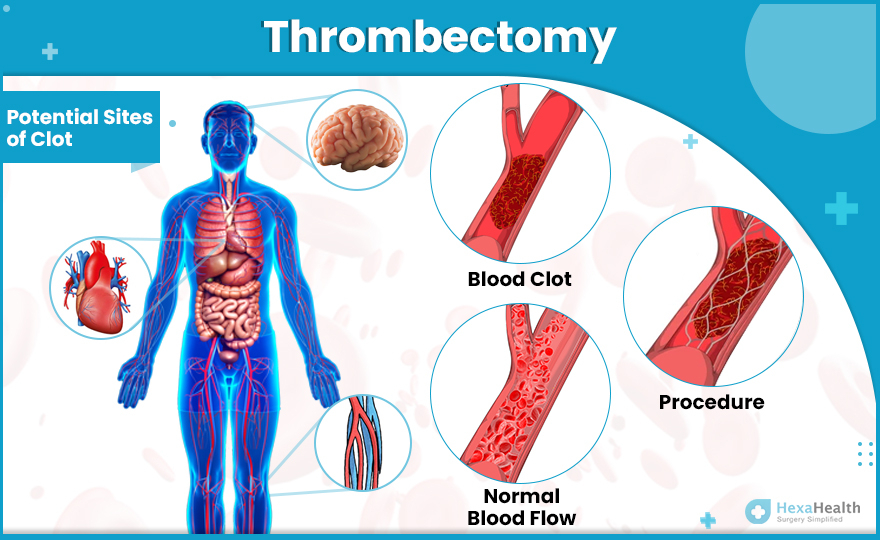
Procedural duration “exerts a greater influence” on post-thrombectomy functional outcomes compared to prehospital delays
neuronewsinternational.com
Oct. 20, 2025, 11:07 a.m.
“Endovascular thrombectomy has transformed acute ischaemic stroke care, with onset-to-puncture [OTP] time widely recognised as a critical determinant of outcome,” the authors write, outlining the backdrop to their study. “However, emerging evidence suggests that in-hospital procedure time—from arterial puncture to final recanalisation—may have an equally or more significant impact.”
Share on
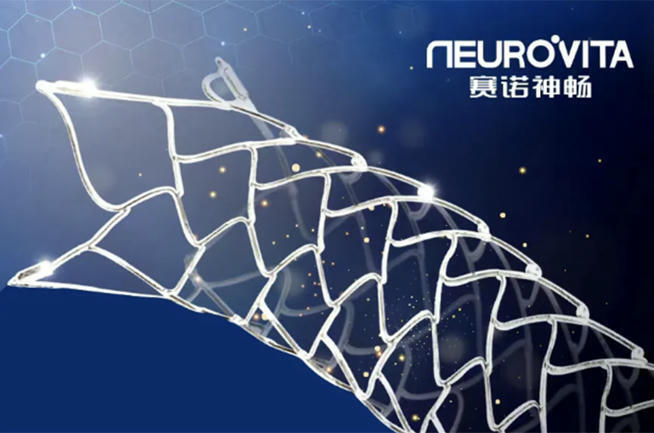
SinoMed Surges as FDA Grants Breakthrough Status to New Stent System
www.digitalphablet.com
Oct. 6, 2025, 4:09 p.m.
Shares of a Chinese medical technology company soared to their maximum daily trading limit after announcing that the U.S. Food and Drug Administration had granted Breakthrough Device Designation to two of its medical devices. Among these is the world’s first stent system designed specifically for treating intracranial atherosclerotic stenosis, offering renewed hope to millions worldwide who are recovering from strokes.
Share on

Innate immunity activation on biomaterial surfaces: A mechanistic model and coping strategies
www.sciencedirect.com
Sept. 14, 2025, 4:21 a.m.
Overall, considerably more success has been achieved in reducing the thrombogenicity of bio-artificial surfaces than in controlling complement activation: For example, surfaces coated with different forms of heparin or PEG are associated with low or negligible activation of coagulation and subsequent platelet loss. Thus, there are numerous surfaces that have low thrombogenicity available that still bear substantial complement-activating capacity. Some of these materials will no doubt be a
Share on

NeuroVita's Leading Edge AURALINE Micro-Catheter Grabs NMPA Approval
mp.weixin.qq.com
Aug. 27, 2025, 12:01 p.m.
This product is intended for general endovascular procedures, including the intravascular delivery of diagnostic agents (contrast media) and appropriate devices (coils, stents) within the neurovascular system.
Share on

The Potential Therapeutic Effects of Tadalafil on the Endothelium in a Subarachnoid Hemorrhage Animal Model: Insights from Immunohistochemical Staining
www.mdpi.com
Aug. 7, 2025, 9:11 p.m.
Tadalafil, which has the longest half-life among PDE-5 inhibitors, does not prevent endothelial apoptosis as much as nimodipine, but it still prevents smooth muscle cell proliferation in the tunica media, restores damaged endothelial integrity, increases cerebral blood flow, and is thought to have various neuroprotective functions through the PI3K/AKT/eNOS signaling pathway. We believe that more in-depth research on tadalafil in the future will prove the therapeutic potential of this drug for DCI.
Share on

Sinomed's COMETIU Drug Eluting Intra-Cranial Stent and COMEX Micro-Catheter Granted Breakthrough Innovation Status by US FDA
mp.weixin.qq.com
Aug. 6, 2025, 11:58 a.m.
This breakthrough medical device product is the first drug-eluting stent for the treatment of intracranial atherosclerotic stenosis in the history of the U.S. FDA, and it is also the first domestic neurointerventional device product to be recognized as a breakthrough medical device by the U.S. FDA.
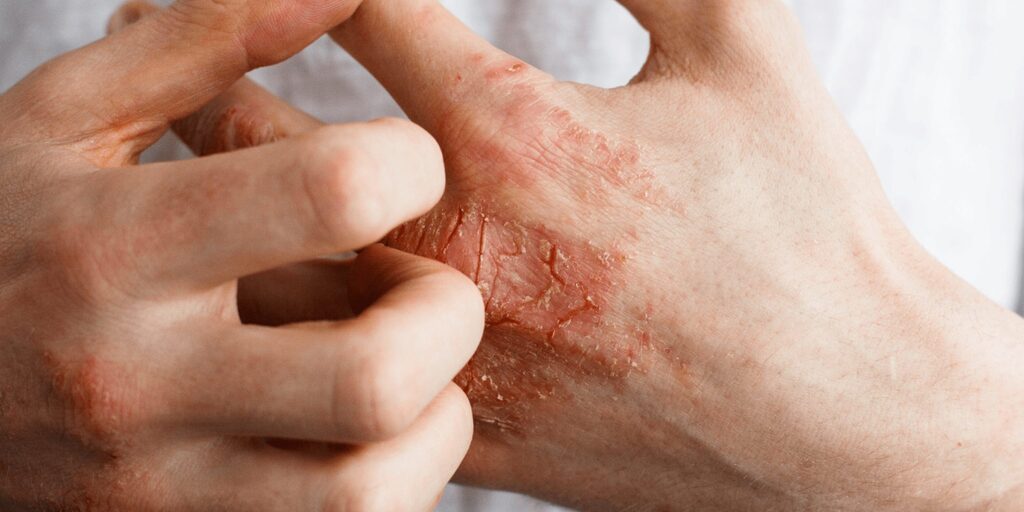
Association between atopic dermatitis and risk of stroke: a systematic review and meta-analysis
www.frontiersin.org
July 21, 2025, 10 a.m.
AD is independently associated with an increased risk of stroke, especially in men, and there is a notable association with ischemic stroke. Moreover, the risk appears to be positively correlated with the severity of AD.
Share on